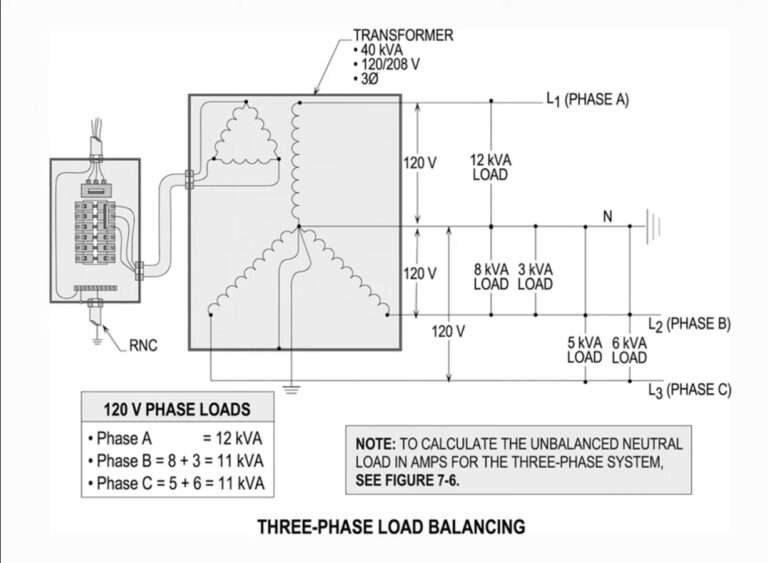Car Charger Demand Factor
The rise of electric vehicles (EVs) has brought attention to a critical topic in electrical design—car charger demand factor. As more charging stations are deployed in homes, workplaces, and public spaces, understanding this factor is essential for energy planning and safety.
The car charger demand factor helps determine how much electrical load is realistically expected. It ensures that circuits are neither under-designed nor excessively oversized. This concept plays a vital role in panel design, load calculations, and infrastructure development.
Importance of Car Charger Demand Factor in Load Calculations
Electrical load depends on the number of EV chargers connected and how often they are used. However, not all chargers run at full capacity all the time. The car charger demand factor accounts for the diversity in usage.
If a building has 10 EV chargers, it doesn’t mean all 10 will charge simultaneously at full load. Demand factor considers actual usage patterns. This prevents overloading the electrical system while optimizing cost.
In residential applications, the usage is more sporadic. In commercial settings, chargers may be used in shifts. This variability must be accounted for in the load design.
Learn more about 7kW EV Charger Cost
What Is the Car Charger Demand Factor?
The car charger demand factor is the ratio of the actual maximum demand to the total connected load. It gives a realistic view of power consumption and helps avoid unnecessary infrastructure upgrades.
For example:
| Parameter | Value |
|---|---|
| Number of Chargers | 10 |
| Individual Charger Rating | 7.2 kW |
| Total Connected Load | 72 kW |
| Estimated Maximum Demand | 50 kW |
| Demand Factor (50 / 72) | 0.69 (or 69%) |
In this case, the demand factor is 0.69, meaning only 69% of the total possible load is expected to be active at the same time.
How Car Charger Demand Factor Affects Infrastructure
The car charger demand factor directly affects transformer sizing, feeder design, and service capacity. Electrical engineers use this value to determine:
Learn more about Portable EV Charger Level 2
- Panelboard ratings
- Service entrance calculations
- Voltage drop analysis
- Backup generator sizing
Lower demand factors mean reduced load expectations. This lowers equipment cost without compromising functionality.
For instance, a parking garage with 20 chargers rated at 6 kW each has a total connected load of 120 kW. With a demand factor of 60%, the design load becomes 72 kW. This figure determines the feeder and main panel sizes.
Know more about nec article 220
NEC Guidelines for EV Charger Demand Factor
The National Electrical Code (NEC) offers guidelines but does not always provide fixed demand factors for EV chargers. Engineers often refer to NEC Article 220 for general load calculations.
For multifamily buildings or large commercial installations, a demand factor between 50% and 80% is typically used. The exact number depends on usage analysis and case-specific studies.
Some utility companies also provide their own demand factor charts based on historical data.
Residential vs Commercial Car Charger Demand Factor
In residential setups, chargers are used during night hours. This off-peak usage pattern reduces the strain on the grid. Here, the car charger demand factor can range from 40% to 60%.
In commercial zones, usage may peak during business hours. However, due to staggered charging sessions, the demand factor rarely exceeds 70%.
Learn more about IEC Standard for Protection Relays
Fleet charging stations used by delivery companies may have higher factors since they often charge all vehicles at once. These systems may operate close to full load, giving a demand factor near 90%.
| Installation Type | Estimated Demand Factor |
|---|---|
| Residential | 0.40 – 0.60 |
| Commercial (public) | 0.50 – 0.70 |
| Fleet Operations | 0.80 – 0.90 |
Impact on Energy Management and Grid Planning
The car charger demand factor is a major consideration in smart grid planning. By knowing how much load to expect, utility providers can adjust supply strategies.
It supports demand response programs and load shifting. For instance, utilities can incentivize users to charge vehicles during off-peak hours. This practice reduces the effective demand factor and delays grid upgrades.
The demand factor also integrates with Energy Management Systems (EMS) to monitor real-time load and optimize energy distribution.
Learn more about Generator Sizing Calculator for VFD Motors
Calculating Demand Factor in Real-Life Scenarios
Let’s say an office building has 15 chargers rated at 7.4 kW. That gives a total connected load of 111 kW.
Surveys show that on average, only 8 chargers are used during a typical workday. The average simultaneous load is around 60 kW.
Using the formula:
Demand Factor = Actual Max Demand / Connected Load
Demand Factor = 60 / 111 ≈ 0.54
This means the electrical system should be designed for 54% of the full load, not the entire 111 kW. This significantly reduces the size of feeders, transformers, and breakers.
Demand Factor vs Load Factor in EV Charging
It’s important not to confuse demand factor with load factor.
- Demand Factor measures peak usage vs potential load
- Load Factor measures average usage vs peak usage
Demand factor is useful during installation design. Load factor helps evaluate energy efficiency after installation.
For example:
| Parameter | Value |
|---|---|
| Connected Load | 100 kW |
| Max Demand | 60 kW |
| Average Demand | 30 kW |
| Demand Factor | 0.60 |
| Load Factor | 0.50 |
Both values are important. Together, they provide insights into system performance and energy savings.
Related Concepts in Electrical Design
The car charger demand factor is closely linked to other design parameters. These include:
- Diversity Factor: Takes into account not all chargers operate simultaneously
- Power Factor: Reflects how effectively the chargers use power
- Voltage Drop: Longer cable runs must be designed with actual demand in mind
- Harmonic Distortion: EV chargers may generate harmonics; proper planning is essential
These elements all tie into the final electrical system layout. Accurate estimation of the demand factor ensures safety, reliability, and cost-efficiency.
Future Trends in Car Charger Demand Factor
As smart chargers and IoT-based load control become common, the demand factor may become more dynamic. Instead of fixed values, we may see real-time adaptive systems.
Smart algorithms can delay or reduce charging current when the system load is high. This helps maintain a lower demand factor and avoids sudden spikes.
Vehicle-to-grid (V2G) technology will also impact demand profiles. EVs may feed energy back into the grid during peak times. This reverses the flow and further alters the expected demand.
Conclusion
Understanding the car charger demand factor is crucial in today’s energy landscape. With EVs becoming the norm, electrical systems must adapt. The demand factor allows for smarter designs and more sustainable energy use.
By using real data, engineers can avoid overbuilding and reduce costs. Accurate demand forecasting leads to efficient infrastructure, safer operations, and better grid management.
As technology evolves, the car charger demand factor will remain a key tool in modern electrical engineering. Whether for homes, workplaces, or city-wide networks, this factor shapes the future of electric mobility.
Follow Us on Social:
Subscribe our Newsletter on Electrical Insights to get the latest updates in Electrical Engineering.
#CarChargerDemand, #EVChargingLoad, #ElectricVehicleInfrastructure, #DemandFactorEV, #SmartCharging, #EVLoadManagement, #ChargerEfficiency, #EVPowerDistribution, #GreenTransport, #ElectricVehicleGrowth, #EVChargerDemandFactor, #LoadCalculation, #EnergyEfficiency, #EVChargingSystem, #ElectricalEngineering





